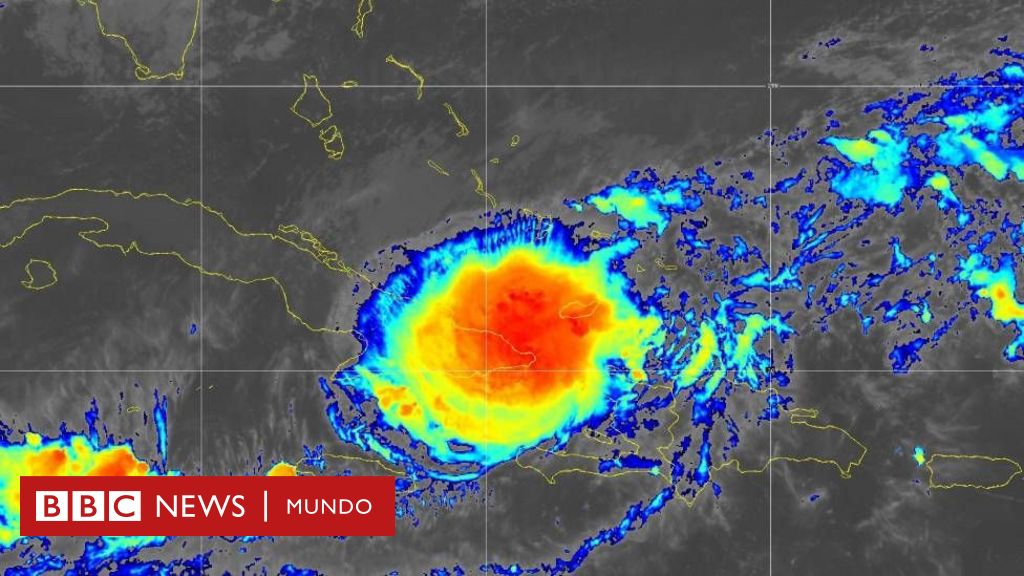Open Science in Education – Observatory

Open Science is a movement focused on making scientific research and publishing accessible to all social levels, including professionals and amateurs alike. in the past decade, This trend has gained great momentum, emerging as a remedy for the shortcomings that traditional scientific research has consistently presented throughout history., specifically by reducing the difficulty of replicating the methods in other research work.
Open science seeks two main benefits: 1) Increased transparency and repeatability, and 2) Allow the formulation of new research questions that would otherwise be impossible to ask. These benefits extend to various fields of science including education sciences, and thus, this movement has gained great importance in recent decades.
“The principles of open science aim to extend traditional research mechanisms to achieve greater dissemination and reproducibility of results.”
Brief Introduction to Open Science
In recent years, open science has become a buzzword associated with the flaws and weaknesses found in traditional methods of conducting scientific research. however, The origin of open science goes back decades due to other events that have caused great concern in the academic community. For example, Selective Results Report or HARKingAssuming after knowing the results“Assumption after knowing results” was identified as a serious problem around the 1960s in psychology and in the 1990s in epidemiology (Meehl, 1967; Taubes and Mann, 1995, cited by van Dijk, W. et al, 2021).
Open science is based on Five basic principles that seek to expand traditional search mechanisms: 1) open data, 2) open analysis, 3) open materials, 4) pre-registration and 5) open access (Van Dijk, W. et al, 2021). These principles aim to extend traditional research mechanisms to achieve greater dissemination and reproducibility of results. Each of the elements is described below.
The elements that make up the open science
-
open data: Refers to the practice of making data used in research publicly available, as opposed to the general practice of peer-reviewed journals, where summary data are generally published in the form of statistical data such as means, median, and variances. Open data is the element of open science that research funds place the most importance on. Naturally, it is believed that the data used and produced during the investigation will be publicly available, while the research institution will assume the role of data custodian.
-
open analysis: The purpose of open analysis is to provide investigators with a detailed analysis of the procedures and steps used during the investigation. These procedures include data cleaning and processing, creation of new variables, and detailed statistical procedures. Contrary to the dictates of open analysis, the dominant trend in journals, due to space issues, has been to publish procedures and methodologies that are often insufficient to replicate results.
-
open material: The third component of open science is open material. This component refers to the declaration of all tools and materials used during the investigation. This material will be based on all my research work, but It consists of components such as assessments designed for research, questionnaires, intervention protocols, and checklists for implementation. These days, magazines often require a list of materials for submitted articles. However, this list is often incomplete or lacks detailed descriptions of the material, which limits the opportunity to reproduce such work.
-
Pre-registration: The fourth element, pre-registration, indicates that the search protocol is pre-selected. In pre-registration, the researcher must detail the purpose of his research, hypothesis, methods of data collection and analysis before conducting the research. Later, as the manuscript is being written, researchers can review the pre-registration to identify any discrepancies related to the original plan. The main objective is to identify and distinguish exploratory findings from confirmatory results.
-
open access: The last principle is perhaps the most important. Researchers who adhere to the principle of open access seek Make sure your search results are accessible to anyone, not just researchers who have a subscription to a particular journal. Typically, this goal is achieved by publishing in an Open Access journal or by paying an additional fee to publish an article in a traditional Open Access journal. Similarly, it is possible to achieve this goal by publishing an earlier version (Prepress) or after the article is printed on an institutional platform (university) or research community.
Together, these principles bring two major benefits to science: 1) It increases research transparency and reproducibility by providing data, analysis, and materials used in research, and 2) It provides the opportunity to develop new research questions that would have been impossible to ask without resources to pay for your access. On the other hand, it is possible that many researchers who focus on high-quality scientific production will adhere to the pillars and principles of open science, thus helping to create an environment more conducive to achieving the above benefits.
For educational sciences, open science was also not indifferent, on the contrary, researchers expressed similar concerns to those of other disciplines during the twentieth and twenty-first centuries. For example, Peterson et al. (1982) encouraged researchers to provide more detailed descriptions of their variants, noting that this would reduce the failure rate of replication for studies. More recently, in the early 2000s, special education researchers came together to identify quality indicators of association, group design, individual cases, and qualitative research (IES, 2021). On the other hand, since 2019, the educational research institute IES has adopted the Standard of Excellence in Educational Research (SEER) as a means to enhance the transparency and reproducibility of published studies (IES, 2021). To encourage their inclusion in research, IES requires the implementation of these protocols to award funds to researchers (IES, 2021).
Finally, keep in mind that the primary goal of open science is to create a thriving environment for collaboration that enables researchers to make groundbreaking discoveries that help improve people’s lives on many levels, including education.
Tecnológico de Monterrey joins the open science movement by creating Live Lab and Data Center for the Institute for the Future of Education (IFE). Through this initiative, calls for experimental research into educational innovation under open science principles will be launched. We invite you to learn more about the initiative on our website Web page.
This article is inspired by the original research article “Open Science in Educational Sciences” (van Dijk, W. et al, 2021).
About the author
Irving Andre Villa Miam He holds an MSc in Computer Science from Tecnológico de Monterrey Campus Monterrey. His research interests include: analyzing data on social problems such as health, education, and economic development.
references
Institute of Education Sciences (IES), US Department of Education. (2021, June 10). Criteria for excellence in educational research. Institute of Education Sciences. https://ies.ed.gov/seer/
Peterson, L., Homer, L., and Wonderlich, SA (1982). Safety of independent variables in behavior analysis. Journal of Applied Behavior Analysis, 15(4), s. 477-492. https://doi.org/10.1901/jaba.1982.15-477
Van Dijk, W., Schatschneider, C., & Hart, SA (2021). Open Science in Education Sciences. Learning Disabilities Journal, 54 (2)., s. 139-152. https://doi.org/10.1177/0022219420945267
Edited by Rubi Roman ([email protected]) – Educational Innovation Observatory

“Award-winning zombie scholar. Music practitioner. Food expert. Troublemaker.”


/cloudfront-eu-central-1.images.arcpublishing.com/prisa/AHVYMMDSTZDTDBFNZ3LMFUOKNE.jpg)








